Webinar: Insect Biology and Management in Blueberries
We recently participated in a Southern Region Small Fruit Consortium supported project led by Amanda McWhirt, University of Arkansas, …



El inglés es el idioma de control de esta página. En la medida en que haya algún conflicto entre la traducción al inglés y la traducción, el inglés prevalece.
Al hacer clic en el enlace de traducción se activa un servicio de traducción gratuito para convertir la página al español. Al igual que con cualquier traducción por Internet, la conversión no es sensible al contexto y puede que no traduzca el texto en su significado original. NC State Extension no garantiza la exactitud del texto traducido. Por favor, tenga en cuenta que algunas aplicaciones y/o servicios pueden no funcionar como se espera cuando se traducen.
Inglês é o idioma de controle desta página. Na medida que haja algum conflito entre o texto original em Inglês e a tradução, o Inglês prevalece.
Ao clicar no link de tradução, um serviço gratuito de tradução será ativado para converter a página para o Português. Como em qualquer tradução pela internet, a conversão não é sensivel ao contexto e pode não ocorrer a tradução para o significado orginal. O serviço de Extensão da Carolina do Norte (NC State Extension) não garante a exatidão do texto traduzido. Por favor, observe que algumas funções ou serviços podem não funcionar como esperado após a tradução.
English is the controlling language of this page. To the extent there is any conflict between the English text and the translation, English controls.
Clicking on the translation link activates a free translation service to convert the page to Spanish. As with any Internet translation, the conversion is not context-sensitive and may not translate the text to its original meaning. NC State Extension does not guarantee the accuracy of the translated text. Please note that some applications and/or services may not function as expected when translated.
Collapse ▲We recently participated in a Southern Region Small Fruit Consortium supported project led by Amanda McWhirt, University of Arkansas, …

Photos by Debbie Roos, N.C. Cooperative Extension of Chatham County In late 2008, I planted a demonstration pollinator garden at Chatham …
This article is our last post for this grape season. Harvest is complete at all of our locations. We …
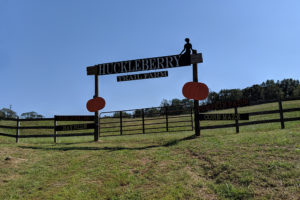
The Fall Festival Season at Huckleberry Trail Farm has begun! There are so many awesome activities awaiting visitors to the …
Our only remaining active locations is our muscadine site in Rowan County. Again, grape berry moth were caught at the …
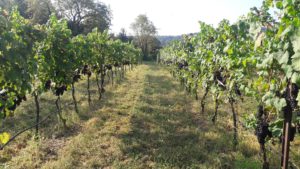
As harvest continues and we get close to the end of the season, we are finishing the insect scouting …
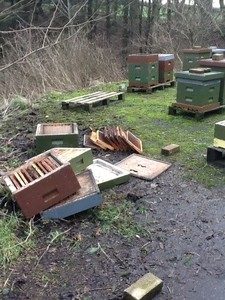
How beekeepers can minimize the effects on their hives The devil is in the details, most of which are under …

As the harvest continue in some of our locations, we caught the highest average number of grape berry moth …
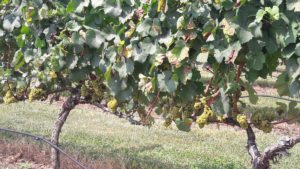
Our first vinifera location, in Rowan Co., began harvest this past week, and as the fruit were gone, we …
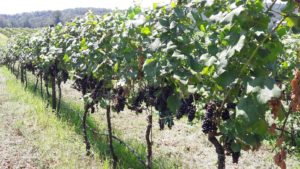
At our monitoring sites, grapes are ripe, and the first harvest at the Johnston Co. location started this week. …

Glassy winged sharpshooter captures are very low or zero in locations with previous captures. This suggests we are between …

As we reach the end of July, more fields started to ripen for both muscadines and vinifera grapes, and …
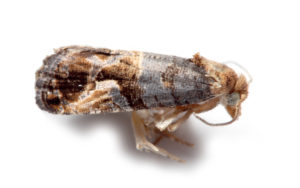
Grapes are starting to ripen, including those at our location in Currituck Co. This week we continue to catch grape berry …
Please download our Viticulture Management Poster. This phenology-based viticulture management poster provides a reference for sound viticultural, disease, and insect …
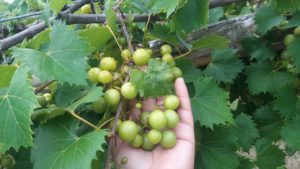
The grapes at our monitoring sites continue to grow and are getting close to full size. This week, we caught …

Presence of pests in our scouted vineyards remain very similar than last week. As in the past report, grape berry …
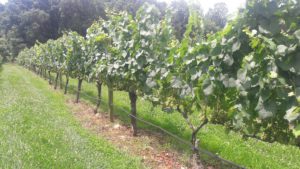
As the grapes grow, we again started to catch grape berry moth in one of our Northwest locations (Wilkes Co.), …

Gummy stem blight is caused by several closely related fungal pathogens in the genus Stagonosporopsis …

This vegetable pathology factsheet describes the identification and treatment of anthracnose in cucurbits.

This publication discusses Anthracnose Fruit Rot (Colletotrichum sp.) of blueberries in detail. Included are the …

This factsheet describes the symptoms of a shoot inhibitor herbicide injury.

This factsheet describes the symptoms of a metribuzin herbicide injury.

This factsheet describes the symptoms of a dichlobenil herbicide injury.

This factsheet describes the symptoms of a protoporphyrinogen oxidase inhibitor herbicide injury.

This publication discusses flying unmanned aerial vehicles (drones, model aircraft) for commercial purposes. You'll learn …